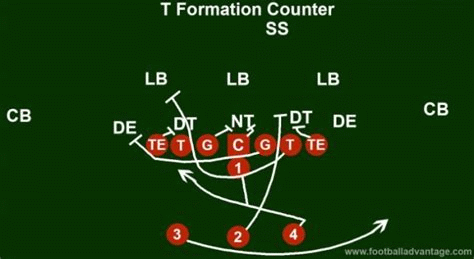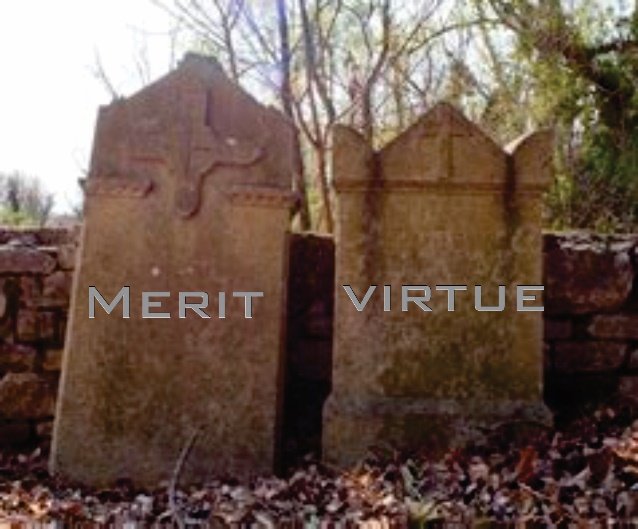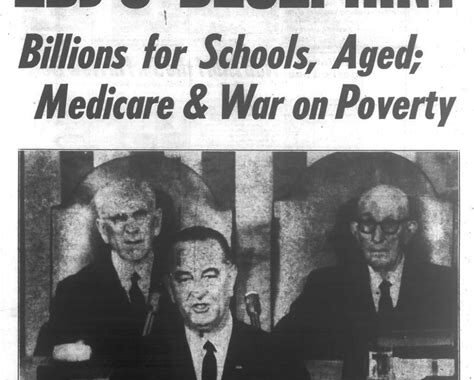
The I in DIE: Death of Meritocracy
Consider a scene from a coaches conference two weeks before the college national football championship game.
Coach: You know our starters got us here, but it’s not fair they’ve played every game and we haven’t played many players in the program. I think bringing in the Freshman team for the game will give them some great experience and prepare us for the next few seasons.
Assistant Coach: But coach, they’ll get creamed.
Coach: No, they won’t. We’re bringing back the T-Formation offense. The other team won’t know what hit them.
Assisstant Coach: But coach, the T-Formation hasn’t been used in years. It won’t work in today’s game.
Coach: Well, we won’t call it the T-Formation. We’ll call it the Power Dream Formation.
Assistant Coach: That’s just a name change. The formation is still the same.
Coach: True, but the college president and staff don’t know that. We’ll have them calling penalties on the other side and hamstringing their defense.
The day after the game.
Assistant Coach: Coach, we lost 60-3 and our three points were pretty much a gimmee.
Coach: Failure is good. We learn and grow from failure. Besides, the president of the university gave the coaching staff a sizeable bonus for our inclusion program.
Now this is an extreme example, or is it?
In Diversity at Work, Bernardo M. Ferdman and Barbara R. Deane wrote:
“Creating, fostering, and sustaining practices and conditions that encourage and allow each of us to be fully ourselves—with our differences from and similarities to those around us—as we work together.”
In theory, “being yourself” is a good thing. But some “selves” are simply not compatible with organization culture and mission. They also may not have the maturity or skills required for a job. Giving them a job to be inclusive could erode mission capability.
We are in potentially the most complex, challenging, and dangerous environment ever. Regional and global competitors challenge the US on all the DIME (Diplomacy, Information, Military, Economic) or MIDLIFE (Military, Information, Diplomatic, Law enforcement, Intelligence, Financial, Economic) elements of power, some wanting to take apart our Republic. See Can a Free Republic be a Superpower: Part 2a: Is the US a Superpower? The challenges come from internal and external sources.
 Internally, elements of government, academia, society, corporations, and even the military are doing pretty much what the coach of our mythical football team is doing with the Diversity, Inclusion, and Equity (DIE) programs.
Internally, elements of government, academia, society, corporations, and even the military are doing pretty much what the coach of our mythical football team is doing with the Diversity, Inclusion, and Equity (DIE) programs.
- Changing labels. Changing the name of the T-formation parallels the transitions of the DIE efforts. The first mode was affirmative action. When the Supreme Court declared it unconstitutional, it transitioned to a new label. That has gone on through several transitions to the current label. It is just labels, though; little or no substantive change. See the Maskirovka series parts 1, 2, 4)
- Inclusion. Putting the freshman team in place of the varsity starters is a great example of DIE in action. Organizations that implement DIE lower standards or simply ignore them and intentionally hire lesser qualified candidates to meet their DIE objectives. This destroys the concept of standards and merit.
- Failure. The failure example is not specifically tied to DIE, the rise of celebration of failure, but two concepts arose concurrently. The roots of this celebration are nominally in the ability to learn from failure. The other ostensible reason is that if an organization pushes the boundaries into new things, the odds of failure are higher, but if the organization does not do it, then failure may also happen as current activities potentially get saturated and produce less value. These are valid reasons, but…You should not experiment in the mission delivery environment. We can learn from the failure without jeopardizing the organization in the experimental environment. But the failure literature rarely makes this distinction and encourages people to gamble and fail in their mission endeavors.
- Money. Organizations reward DIE activities. For example, The Jefferson Council and other sources reports the University of Virginia spends $20M on 235 DIE positions. Now, multiply that across many other universities, governments, and organizations and the US is clearly spending billions on a program that produces, at best unproven and, if the trends on the Great Society hold, questionable results. This is funding that could go to productive elements, such as a massive overhaul of our education system that focuses on integrated critical thinking and to lower deficits. In the case of DoD that wants to spend over $100M on DEI, the money could go to effective training and deployment readiness.
The football example ticks all the inclusion boxes, but still destroys merit and excellence. While the freshman, who could be considered a disadvantaged group in football, are included, they may have the maturity and skills to run a T-Formation. The formation itself is dated and ineffective against most defenses. The freshmen do not have the maturity and skills to run the modern offense in a mission critical environment. Failure caused the team to lose the national championship and to possibly alienate potential recruits and impact success for years to come.





